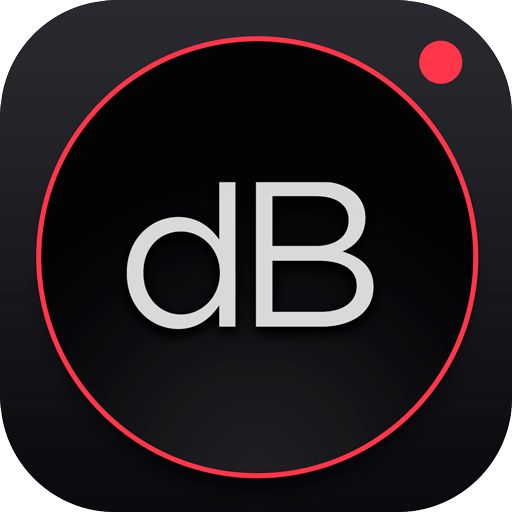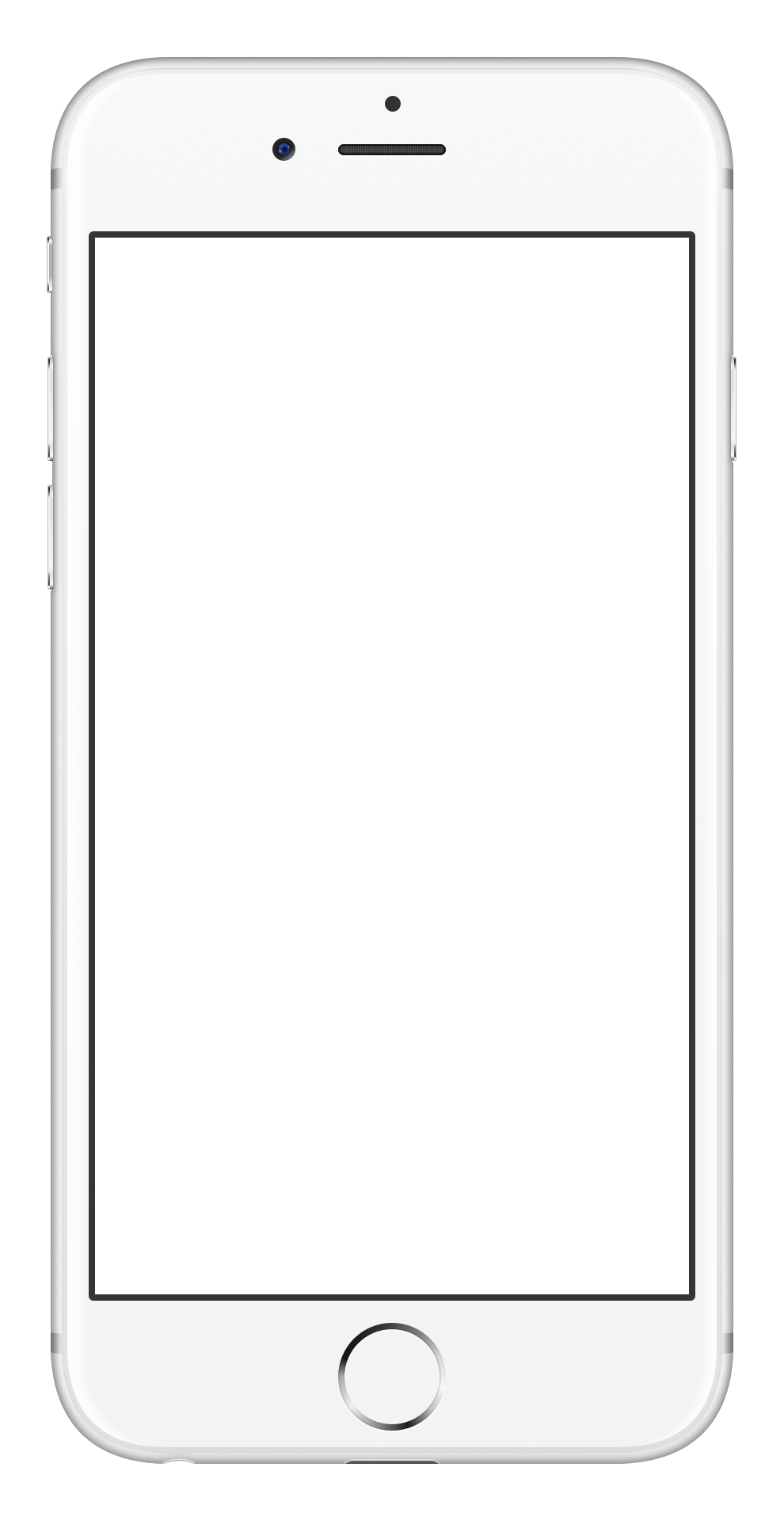
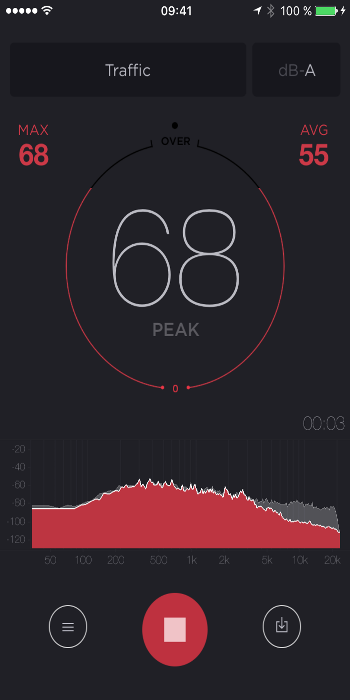
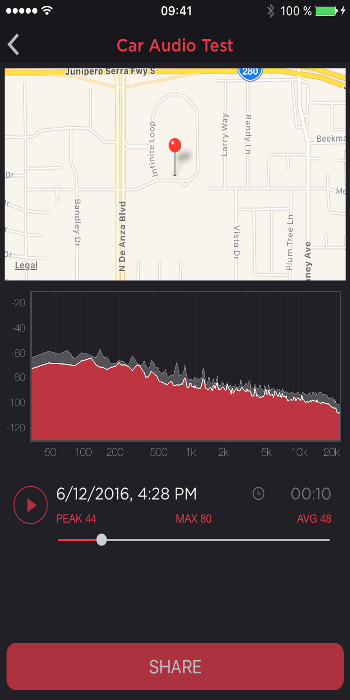
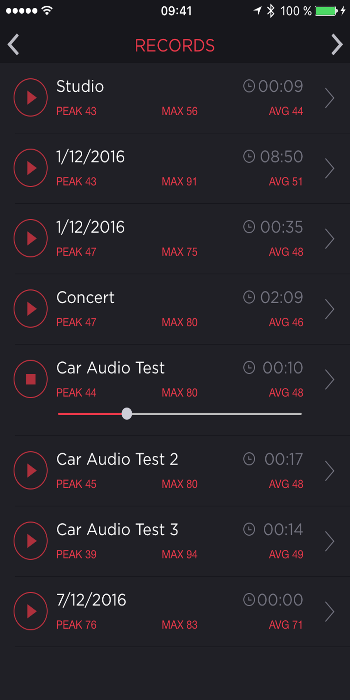
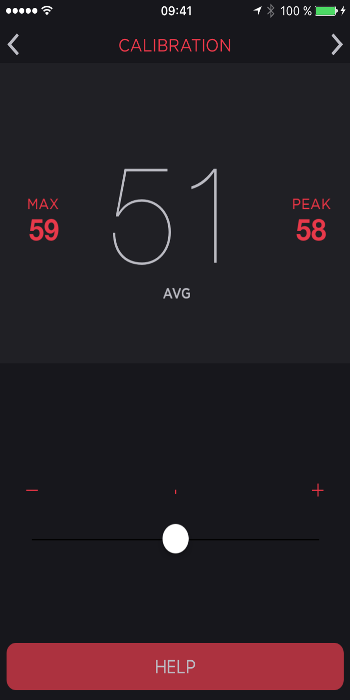
"The best way to meter sound levels" - AppAdvice
Decibel Meter Pro is full of features sound level meter with exclusive accuracy of measurements and integrated spectrum analyzer. Calibrated with professional dB meter.
The world is a noisy place: cars, power tools, crowds, machinery, and other common sources produce amounts of noise that can, with continued exposure, lead to permanent hearing loss. Sound level meters are useful for anyone who wants to avoid exposing their ears to harmful noise levels, but who wants to spend hundreds of dollars on one?
dB Meter is free app which provides professional-quality measurement results, calibrated using an actual Nor140 high-precision decibel meter. With dB Meter, you can measure ambient noise levels, save your measurements and their locations, and share your measurements with others. dB Meter couples utility with stylish design and a polished user experience: a powerful tool in a sleek package, and at a tiny fraction of the cost of professional sound level meters.
(Please note that dB Meter soundmeter app is not a replacement for professional devices and should be used for personal purposes only.)
FEATURES:
● Saves location data for each measurement.
● Save measurements with custom names and rename existing measurements.
● Export measurements in CSV or Audio format.
● Allows you to save, export and play back recorded measurements.
● Highly accurate measurements.
● Integrated Fully Functional Spectrum Analyzer
● Octave Band Real Time Analyzer
● FFT Plot (Fast Fourier Transform)
● Linear and logarithm scales
● Up to 16384 FFT size
● A lot of available window functions
● Tracking for max value
● Max and Min for any selected frequency
● Stunned graphics
Have any questions or suggestions? Write to us: support@dbmeterpro.com
DB Chart
150-160 dB = Eardrum rupture
140 decibel = Aircraft carrier deck.
130 dB = Jet take-off (100 meters), gun blast at close range.
120 dB= Human pain threshold, loud rock concert.
110 decibel = Serious hearing damage if sustained for more than 1 hour.
100 dB = Serious hearing damage if sustained for more than 8 hours.
90 decibel = Likely hearing damage if sustained for more than 8 hours.
80 decibel = Potential but unlikely hearing damage if sustained for more than 8 hours.
70 dB = Just annoying, but probably safe.
60 dB= Typical conversational volume.
50 dB = A quiet, library conversation.
40 decibel = A whisper.
30 dB= Barely audible sound.
20 decibel= Threshold of human hearing.
